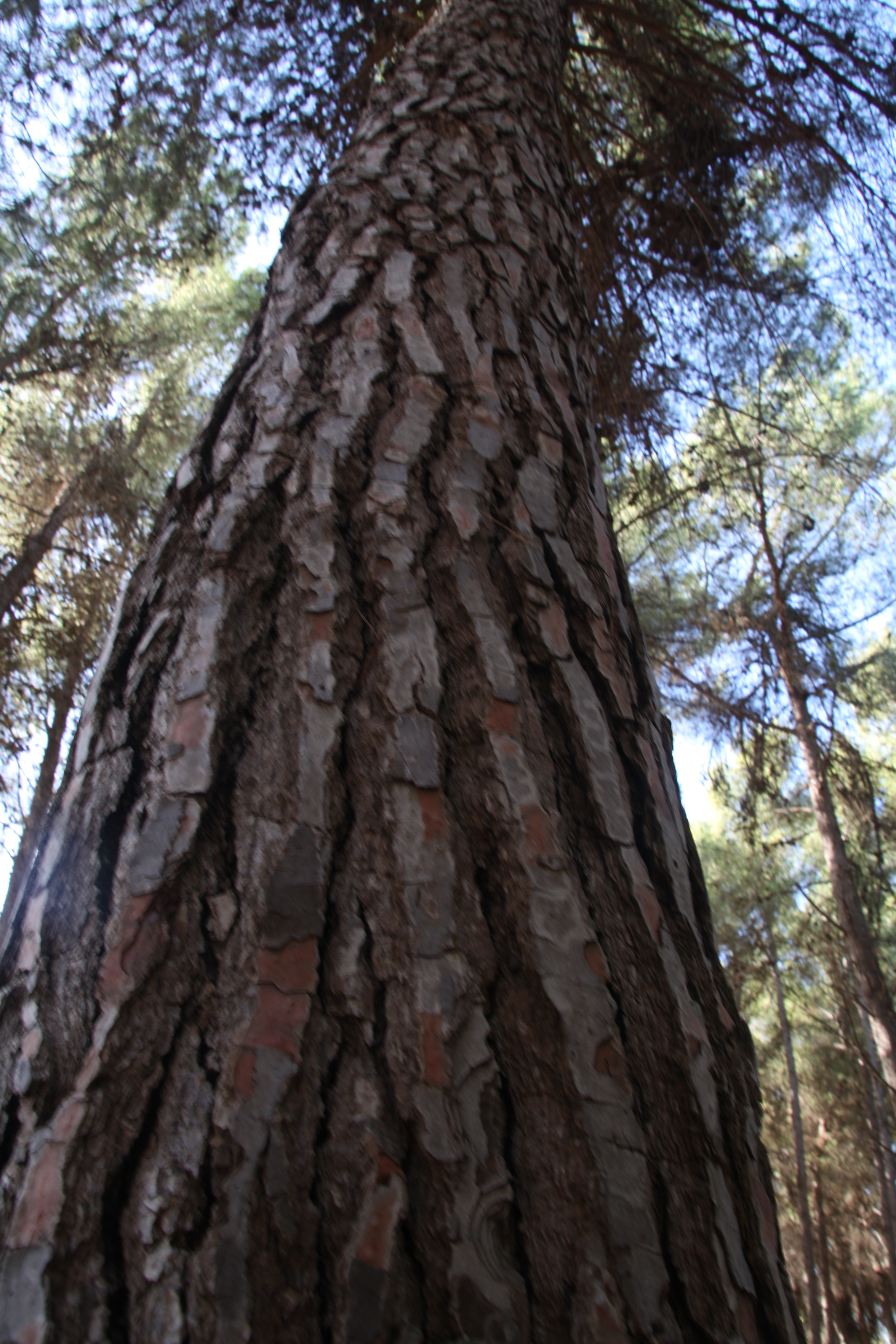How Many Arks Existed?
The Torah writes (Exodus 34:1):
And the LORD said unto Moses: ‘Hew thee two tables of stone like unto the first; and I will write upon the tables the words that were on the first tables, which thou didst break.
Rashi explains (ibid):At that time the LORD said unto me: ‘Hew thee two tables of stone like unto the first, and come up unto Me into the mount; and make thee an ark of wood.
And this was not the Ark that Bezalel made for they did not occupy themselves with the Tabernacle until after Yom Kippur, for when he [Moses] descended from the mountain [a second time], he commanded them about the work of the Tabernacle. And Bezalel made the Tabernacle first, and then the Ark and the other implements, and therefore this was a different Ark for it went out to war with them. And the one that Bezalel did not go out to war except in the days of Eli.
Rabbi Yehuda ben Lakish learned: There were two Arks that went with the Jewish people in the desert. One had the Torah that was given inside it, and the other had the remains of the [first] Tablets in it. The one that had the Torah, stayed inside the Tabernable ... the other one with the remains of the Tablets went in and out with them.
And the Rabbis said: there was one Ark, and one time they took it out during the days of Eli and it was capturedThe Abarbanel (Samuel I 4) explains an intermediate opinion, when only one Ark existed to hold both the first and second Tablets, but there was a second Ark that went to war which contained the Ephod and the Urim veTumim that the Priest wore during war
Midrash Mekhilta (13:19) states another opinion about two arks in the desert:
the casket of Joseph went alongside the ark of "the Life of the Worlds" (i.e., the Ten Commandments), and when the passersby asked: What are these two arks? they were told: This is the ark of a dead man and the other is the ark of "the Life of the Worlds." And when they asked: How is it that the ark of a dead man goes alongside the ark of "the Life of the Worlds"? they were told: He who lies in this ark fulfils what is written in what lies in the other ark.Additional:
- see our earlier post about the Erev Rav and how many calves were made

